Self-Worth Isn't for Sale: Breaking the Spell of Superficiality and Consumerism
- 4 of Like Kind
- Apr 21
- 13 min read

Let’s face it—modern life is loud. Social media screams with curated perfection, ads whisper in your ear at every click, and shopping carts fill faster than our emotional tanks. In a world that rewards how things look over how they feel, many of us have found ourselves tangled in the glittering web of superficiality and consumerism.
From a life coaching lens—especially in spiritual life coaching where authenticity, soul-work, and rootedness are sacred—this "glitter trap" isn't just annoying. It's soul-numbing.
So let’s talk about it.
The Mirage of “More”
Consumer culture thrives on the idea that you are incomplete. That you’re not whole unless you buy that serum, upgrade your car, or wear this season’s trend. The irony? The more we chase “more,” the more disconnected we become from who we really are.
In coaching, this is called a mask or the false self, a version of ourselves we perform to meet external standards, often at the cost of authenticity. And it's exhausting. Not just energetically, but financially, spiritually, emotionally. It’s like casting a glamor spell you have to reapplying everyday.
The global beauty industry is worth $579 billion (and growing). That’s more than the GDP of some countries, y’all. And while it promises glow-ups, confidence, and self-care it often feeds on insecurity, colonization, and trend fatigue.
We’re not here to cancel mascara or shame your love of a festive nail color. We’re here to wake you up to when beauty becomes a social performance.
Mirror, Mirror:
How Beauty Trends Become Spiritual Traps
Let’s zoom out and look at beauty trends through the lens of cultural history and spiritual consciousness. Before beauty became an industry, it was ritual. Before it was a trend, it was tribal expression, sacred storytelling, and a bridge to the divine.
If we want to reclaim beauty practices as empowering instead of performative, we must first remember where they came from and how colonization, capitalism, and media turned sacred traditions into commodities.
Hair. Nails. Makeup. Once sacred symbols of cultural identity, rite of passage, and personal empowerment are now often commodified into endless trends that change faster than the moon.
From a life coaching and spiritual self-care perspective, your physical expression should be a form of soul artistry. But when it’s driven by the need to fit in, stand out, or go viral, it quickly becomes a mask instead of a mirror.
Let’s break it down more.
Hair: Identity or Industry?
Hair has always been sacred. Braids, locs, shaves, curls, color—across cultures, our hair tells our stories. But modern trends often reduce this sacred expression to a high-priced habit.
The Trap: Endless cycles of bleaching, trims, extensions, keratin treatments, and product shelves that promise “volume, shine, control”—all while stripping away time, money, and often hair health.
The Cost: Financial stress (salon costs can rival a monthly utility bill), hair damage, and self-worth tangled up in your root touch-up schedule.
The Reframe: Your natural texture, silver strands, or seasonal changes are not flaws—they're real-time reflections of your life force. What would it mean to wear your hair as a ceremony, not a commodity?
Hair has always been a deeply spiritual expression.
African Traditions: Braiding patterns were maps—literally. In some cultures, cornrow styles encoded escape routes for enslaved people. Hair was also a form of status, age, tribe, and spiritual connection. Locs, afros, and natural hair have long been expressions of divine alignment, not rebellion.
Hindu Cultures: Long hair symbolizes spiritual strength and life force (prana). Sadhus grow their hair into dreadlocks as a sign of renunciation and connection with Shiva.
Celtic & Norse Traditions: Hair length and adornment marked warriors, fertility, and honor. Braids and knots were magical symbols as much as they were practical styles.
Colonial Erasure: Enslavers shaved heads to strip identity. Residential schools cut Indigenous hair as a means of control and cultural genocide. European norms were imposed as “civilized.” We still see this in modern military culture.
Reclaim It: Honor ancestral hairstyles and care rituals. Let your hair grow wild, dye it with herbs instead of chemicals, or ritualistically cut it in ceremonies of release and renewal in time with the moon cycles. Wear your crown with conscious pride, not capitalist performance. Remember, your hair is an antenna and it's our only natural shield for the Crown Chakra.
Nails: The Price of Perfection
Once used to indicate status and labor class (long nails = wealth = no manual labor), today’s nail culture leans toward hyper-customization. Gel, dip, acrylic, chrome, 3D art—every finger a micro-canvas for trend chasing.
The Trap: Needing your nails “done” to feel complete or respectable or to fit in at the office. Feeling shame when your manicure chips. Getting biweekly fills even when you’re tired, broke, or overbooked.
The Cost: Time away from actual self-care, repetitive chemical exposure, and using your hands less expressively because they’re now a performance piece.
The Reframe: Your hands are portals—used for healing, creating, crafting, and caressing. What if we anointed them with oils, blessed them before tarot work or meals, or decorated them based on ritual seasons instead of Pinterest trends?
Long, decorated nails aren’t new.
Dynastic China: Long nails symbolized nobility. Nail guards were worn to protect them as a sign you didn’t do manual labor.
Egypt: Henna on nails and fingertips was a spiritual shield and a beauty statement tied to divine protection.
Aztec and Incan Cultures: Used mineral-rich pigments to paint nails during ceremonies.
Modern Distortion: Now, $100 acrylic sets are sold as “luxury,” but the ancestral root is rarely honored. Nail care has become a cycle of trend-following, influenced by celebrity culture and disposable beauty economics.
Reclaim It: Paint your nails with intention—use colors for spellwork. Bless and smudge your hands before crafting or healing. Turn nail care into a meditation on what you touch and create. Remember your hands send and receive energy through the palmar chakras, care for their energy as thoroughly as you would washing your hands each time you use the bathroom.
Makeup: Alchemy or Armor?
Makeup is art. It can be fun, transformative, sensual, and ritualistic. But let’s be real, makeup marketing thrives on making you feel “unfinished” without it.
The Trap: Daily contouring to match TikTok trends. Spending hours blending, setting, and baking instead of resting. Refusing to be photographed without lashes or a filter.
(Side note: In preparing for our own new family member this summer we've seen this trend a lot lately in birthing and hospital videos where new moms care more about having the perfect hair and makeup up for their birth videos than preparing for this spiritual, emotional and magical rawness of giving birth.)
The Cost: Draining your morning routine, missing important moments, hiding from your own reflection, or feeling naked without mascara. And let’s not ignore the planetary cost of disposable beauty waste and plastic packaging.
The Reframe: Instead of “fixing flaws,” what if makeup was a form of ritual or energetic enhancement? Use color magick like green for healing, red for passion, silver for intuition. Adorn yourself like a temple, not a showroom.
Makeup wasn’t always about hiding flaws it was once about invoking gods. Use makeup for ritual and rites, not everyday conformity.
Egypt: Kohl wasn’t just for aesthetics—it protected the eyes from sun glare and evil spirits. Red ochre was worn to honor the goddess Hathor and invoke life-force.
Japan: Geisha makeup symbolized cultural identity, performance art, and centuries-old aesthetics. White faces reflected candlelight in dark rooms—not Eurocentric ideals.
Indigenous Americas: Face painting marked rites of passage, war preparation, healing ceremonies, and tribal belonging. Each mark held a meaning, not a marketing ploy.
Colonial Distortion: Indigenous and Eastern beauty practices were deemed “primitive” while Western beauty became the standard. Over time, makeup became about covering, not connecting.
Reclaim It: Use makeup like war paint, like glamour magick, like a talisman. Try ritual makeup for Sabbats or moon phases. Use organic or ancestral pigments. Ask yourself: “Who am I invoking today?”
If you’re inspired by another culture’s beauty tradition, that’s okay—but do your homework. Learn the meaning. Give credit. Ask yourself if you’re in a position of privilege, and how you can uplift voices from within that tradition.
Trends move fast because corporations need you to feel outdated every month. It’s not about expression it’s about extraction. From your wallet, your time, your energy, your culture.
When we pause to remember that beauty began in the temple—not the department store—we can reclaim our reflection as sacred.
You don’t need to escape beauty culture. Just make it yours. Make it true. Make it magick.
Superficiality Isn’t Just About Looks
Let’s broaden the word. Superficiality isn’t only skin-deep beauty or the latest phone—it’s any pattern of living that avoids depth. Think:
✨Surface-level conversations.
✨Hobbies or habits that don’t nourish you.
✨Relationships built on validation, not vulnerability.
✨Spiritual bypassing instead of shadow work.
When most people hear the word superficial, they think of makeup tutorials, selfie culture, or brand-name shopping addictions. And sure, those can be expressions of superficiality, but the surface-level trap runs much deeper than mascara and manicures.
Superficiality, at its core, is any lifestyle pattern that avoids depth. It’s not just how you look—it’s how you live. How you connect. How you cope.
Think about conversations. How often do we skate across the surface of real connection, defaulting to, “How are you?” with a robotic “I’m fine!” in return—even when we’re anything but? We fill space with safe topics like weather, trends, and gossip, while the truth of our hearts goes unspoken. It's not that small talk is evil, it’s that too many of us stop there. We forget how to be curious, how to ask questions that touch the soul, or how to hold space when the topic isn’t pretty.
Then there’s how we spend our time. So many modern hobbies are less about passion and more about passing the time—or numbing it. We scroll. We binge-watch. We online shop for items that promise to make us feel new again. But afterward, we’re often left with the same aching emptiness. Nourishing hobbies require more of us. They ask for engagement, presence, and even creativity. And they give back something real in return: a sense of satisfaction that can’t be bought in a cart or cured by another episode.
Superficiality also creeps into our relationships. When we build connections on external validation rather than vulnerability, we may appear socially full but spiritually starved. These relationships often rely on performance, on being the “fun one,” the “wise one,” the “put-together one.” But behind closed doors, we might feel unseen, unknown, or afraid to show the messy parts of ourselves. True intimacy doesn’t come from being impressive. It comes from being real.
And here’s where it gets even trickier: superficiality has invaded the spiritual world too. You can find it in the filtered “love and light” mantras, in the curated altars shared for likes, in the performance of healing instead of the process. This is what we call spiritual bypassing—when we use spiritual language or rituals to avoid the shadow, the grief, the discomfort that comes with real transformation. It's one thing to light a candle for peace. It's another to sit in your own fire long enough to learn what’s really burning.
Living this way takes a toll. It’s like building a house out of cardboard—it might look fine from the outside, but one storm and the walls collapse. Superficial living keeps us always reaching, always performing, always craving the next thing that might finally fill the void. But the void isn’t a flaw—it’s a call. A sacred invitation to go deeper, to ask better questions, to live with intention and soul.
When you start to unhook from superficiality, you begin to taste realness again. Conversations feel alive. Time slows down. Relationships deepen. You laugh more freely, cry more honestly, and make choices that come from alignment instead of anxiety. You stop living from the outside in—and start living from the inside out.
Consumerism:
The Hungry Ghost of Modern Life
Consumerism is the cultural and economic ideology that promotes the acquisition of goods and services—especially in ever-increasing amounts—as a pathway to happiness, identity, and social status.
In other words: "I shop, therefore I am."
From a life coaching and spiritual self-care lens, consumerism becomes problematic when:
✨Your self-worth is tied to what you own
✨Your identity is shaped by trends instead of values
✨Your energy is constantly being spent—literally and metaphorically—on things that don’t nourish your soul
It’s not inherently wrong to enjoy beautiful things or spend money. The trouble begins when buying becomes a reflex, a distraction, or a replacement for real inner work.
True self-expression flows from within—not from what’s on sale.
At its core, consumerism isn’t just about shopping—it's a mindset. One that tells you happiness, success, beauty, even spiritual fulfillment can be purchased. It’s the illusion that “the next thing” will finally complete us. And let’s be clear: this isn’t just an occasional splurge we’re talking about. It’s a systemic way of life designed to keep you buying, consuming, and craving—forever.
The Cost of a Cluttered Spirit
Every object we own carries a weight. Every lifestyle choice reflects our value, even when we aren’t aware of them. Overconsumption isn’t just clutter in your closet; it clutters your mind, your calendar, your energy field.
Questions to ask yourself:
✨Am I spending money to numb or to nourish?
✨Do I really need this, or am I trying to impress someone?
✨What am I avoiding by staying on the surface?
Extreme Examples: When the Cart Controls the Soul
Let’s start with the over-the-top stuff. We’re talking:
✨Luxury Brand Addiction: Dropping $5,000 on a handbag or a name-brand altar cloth because of what the label represents—not what it does. Spiritual aesthetic is not the same as spiritual depth. Having the biggest crystal cathedral doesn't make you more enlightened.
✨Spiritual Consumerism: Buying every crystal, oracle deck, moon planner, and candle from every influencer's haul, believing that the tools alone will “level up” your vibration—without doing the inner work they’re meant to support.
✨Tech Obsession: Upgrading to the newest phone every year, despite the old one still working, because "not having it" triggers fear of falling behind socially or professionally.
✨Plastic Surgery & Body Modifications: Not as a form of personal empowerment or reconstruction, but out of deep insecurity fueled by filtered ideals and profit-driven beauty standards.
These extremes may seem like they apply to "other people," but they’re just exaggerated versions of what most of us experience in more socially acceptable ways.
Everyday Traps: The “Normal” Side of the Consumer Spell
Now let’s look at where this shows up in daily life—quietly, sneakily, with the charm of a well-designed ad and the excuse of self-care.
✨Retail Therapy disguised as Healing: Feeling sad or overwhelmed? Scroll Instagram, Amazon or Temu. Buy a new outfit. Add a bath bomb to your cart. Rinse. Repeat.
✨Subscription Overload: Auto-paying for streaming services, wellness boxes, apps, and memberships you barely usebut keep “just in case” because they make you feel organized, trendy, or spiritual.
✨Gadgets and Self-Help Books: Constantly buying the next thing that promises transformation but never using them long enough to experience actual change.
✨Fast Fashion and Décor Swaps: The need to constantly change your wardrobe, altar cloths, or seasonal home décor to keep up with Pinterest or influencer aesthetics.
✨“Influencer Spirituality”: Feeling like you need a perfectly curated altar, a $300 singing bowl, or a certain brand of herbs to be “a real witch,” “a legit yogi,” or “enlightened.”
Why It’s So Sneaky—and So Dangerous
Consumerism in modern life is slick. It cloaks itself in self-care, identity, even liberation. But here’s the secret: when you're constantly consuming, you're rarely creating. When you're busy chasing aesthetic upgrades, you're often avoiding the messy, magnificent work of becoming your true self.
It creates what some spiritual traditions call a “hungry ghost”—an endless craving that can never be satisfied because it's rooted in emptiness, not alignment.
Coping mechanisms are the mental, emotional, or behavioral strategies we use—often unconsciously—to manage stress, discomfort, trauma, or overwhelming emotions.
They’re basically our brain’s way of saying, “This is too much. I need to do something—anything—to survive this.”
Coping mechanisms can be:
💓Healthy (Adaptive)
These help you move through stress with resilience, self-awareness, and healing:
✨Deep breathing or grounding
✨Talking to someone you trust
✨Journaling or expressing through art
✨Exercise or movement
✨Setting boundaries
✨Meditating or praying
🖤Unhealthy (Maladaptive)
These may bring temporary relief, but often avoid the root issue and can cause long-term harm:
✨Numbing through alcohol, food, shopping, or screens
✨People-pleasing or overworking to avoid feeling “not enough”
✨Withdrawing from connection or isolating
✨Denial or pretending everything is “fine”
✨Lashing out or blaming others
Why It Matters in Life Coaching
Coping mechanisms aren’t inherently bad—they’re learned tools for survival. But if you’re stuck in ones that keep you small, disconnected, or burnt out, it may be time to upgrade your toolkit.
In pagan life coaching, we help you turn unconscious habits into conscious rituals. Instead of scrolling, maybe you ground with a stone. Instead of numbing with shopping, you pull a tarot card and journal. Instead of avoiding emotions, you move through them with breath, movement, or shadow work.
Because you don’t need to escape your life—you need to reclaim it.
How Life Coaching Breaks the Spell
At 4ofLikeKind, we teach that energy flows where attention goes. If your attention is hijacked by ads, trends, and FOMO, your energy is leaking. In our coaching sessions, we anchor you back to your values, your ancestors, your elemental connection to the world.
We might:
✨Do tarot spreads that uncover hidden motivations.
✨Use ritual decluttering and smudge to clear space not just physically, but energetically.
✨Recommend self-massage, yoga and gemstone work as grounding rituals that don’t require spending a dime on new “stuff.”
✨Encourage deep journaling around “What makes me feel rich?” and “Where have I been trained to consume instead of create?”
Pagan life coaching teaches us to live in rhythm with nature, not algorithms. To use tools, not be used by them. To make sacred purchases, not compulsive ones.
Here are a few self-check questions to try:
✨“Would I still want this if no one ever saw it?”
✨“Does this enhance my practice or distract from it?”
✨“Am I collecting tools because I don’t trust my own intuition?”
Being a conscious consumer doesn’t mean you renounce all things beautiful or luxurious—it means you choose with intention. You make your altar a place of reverence, not retail overflow.
Self-Worth Isn’t for Sale
Your worth doesn’t live in your shoes, your followers, or your skincare routine. It lives in how you treat yourself when no one’s watching. In the way you sit with your grief, your joy, your truth. And that, my friends, cannot be bought.
Breaking the cycle of superficiality and consumerism isn’t about becoming boring or ditching all glamour and goodies—it’s about aligning your outer expression with your inner truth.
Because you, unfiltered and fully present, are already worth seeing.
Authenticity is your soul in motion.
It’s the courage to show up as your whole self—unfiltered, unpolished, and unapologetically real. In a world obsessed with image, authenticity is your quiet rebellion and your loudest truth. It’s not about being perfect; it’s about being present. When you live authentically, your energy aligns, your purpose sharpens, and your relationships deepen. You stop performing and start being—and that’s where the real magic begins.
A Challenge for You
Spend the next week noticing—just noticing—how often you’re being sold a lifestyle, a product, or an identity. Don’t judge it. Just witness it. Then ask: “Is this really me?”
If you’re ready to deprogram the consumer script and step into your sacred self, come hang out with us. Whether through one-on-one coaching, energy work, or a soulful tarot session, we’ll help you remember what already lives inside you—wild, wise, and wonderfully enough. Let’s unlearn the glitter trap and reweave a life that shines from the inside out.
Ready to go deeper? Explore our Multidimensional Self-Care Coaching Program.






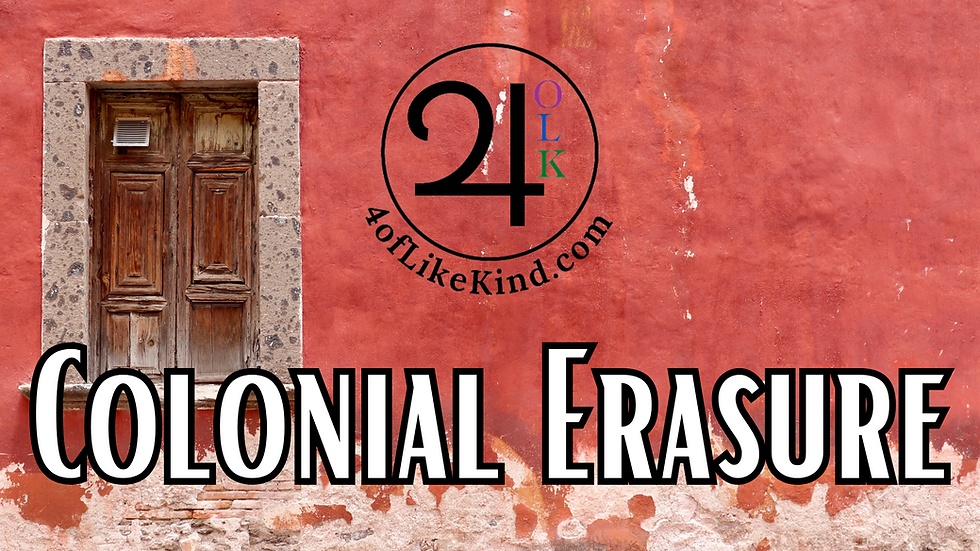
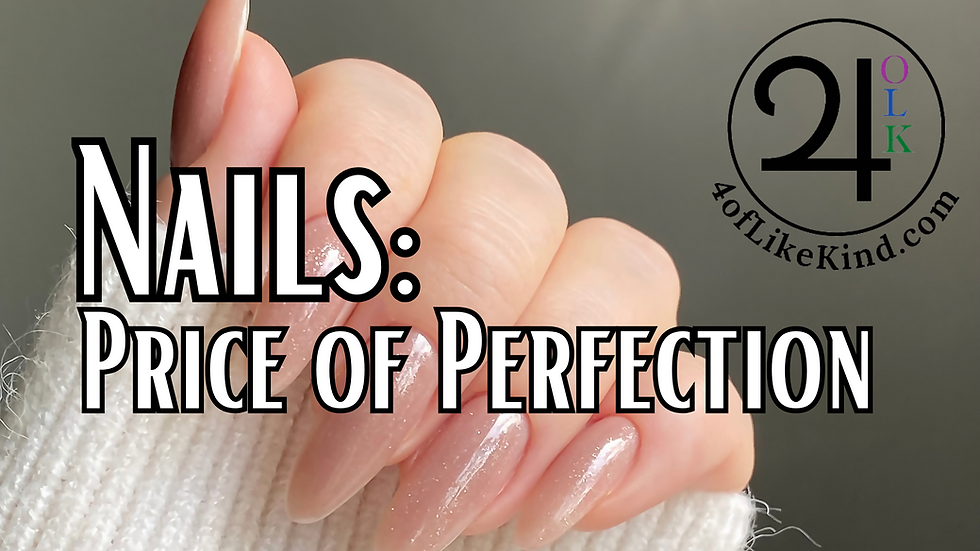

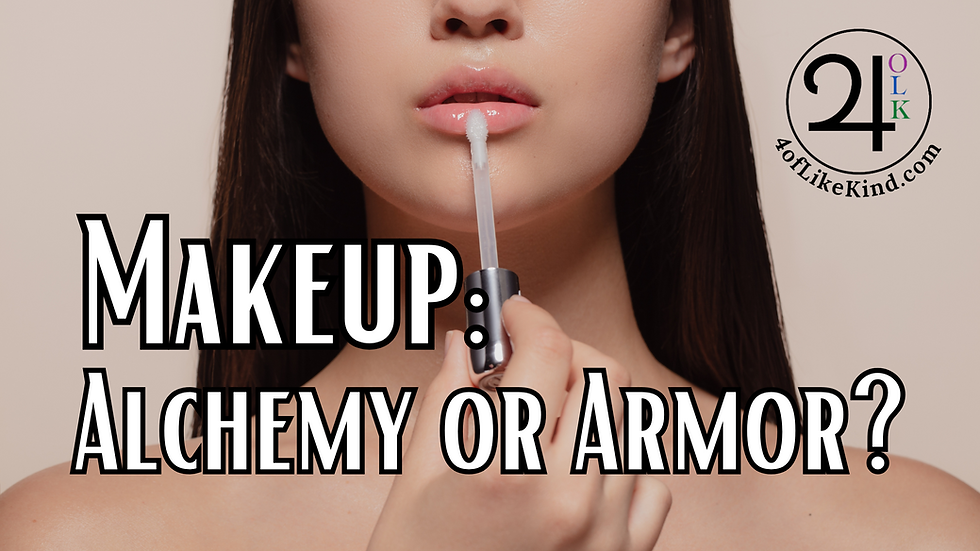





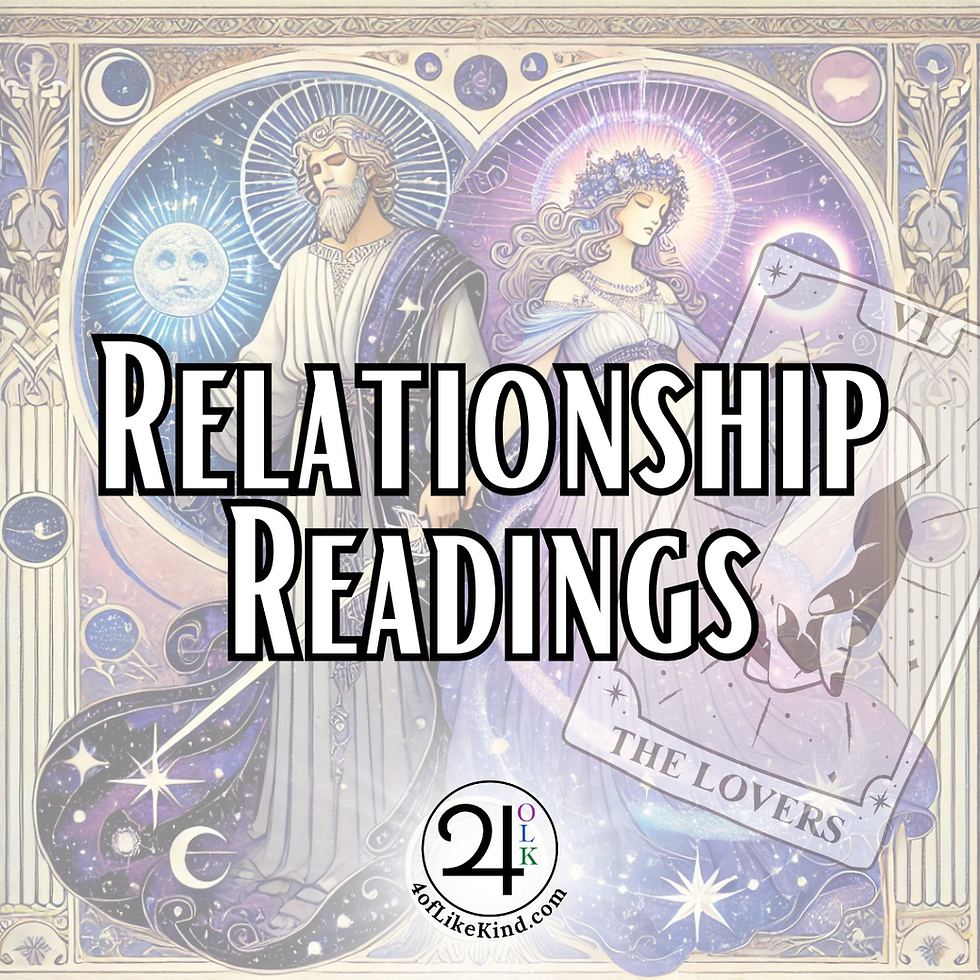


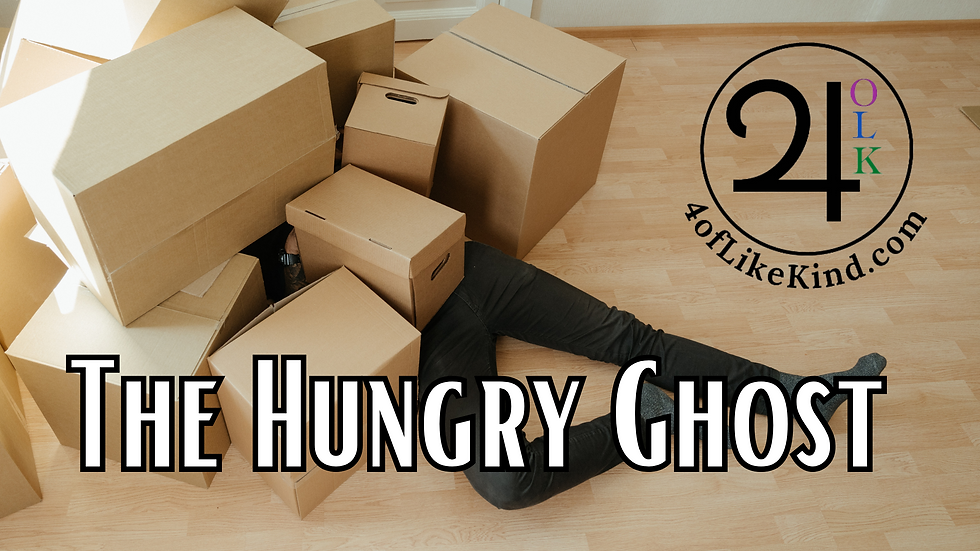









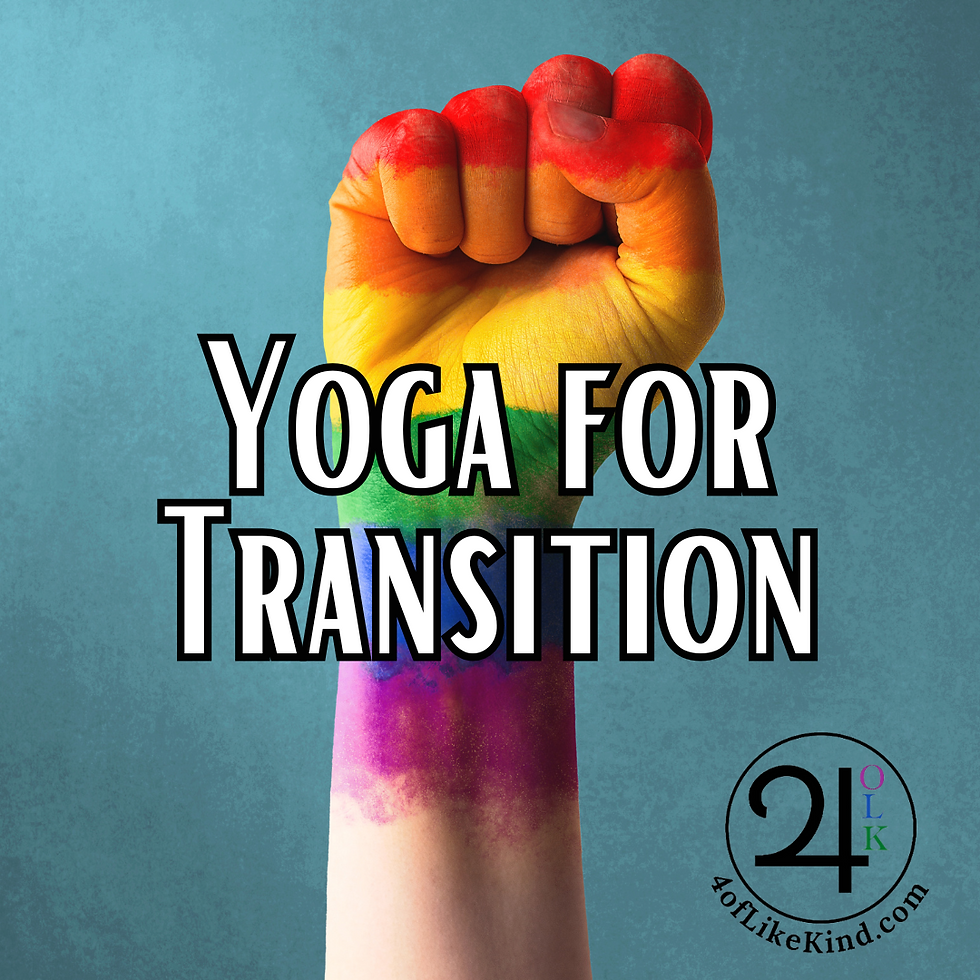
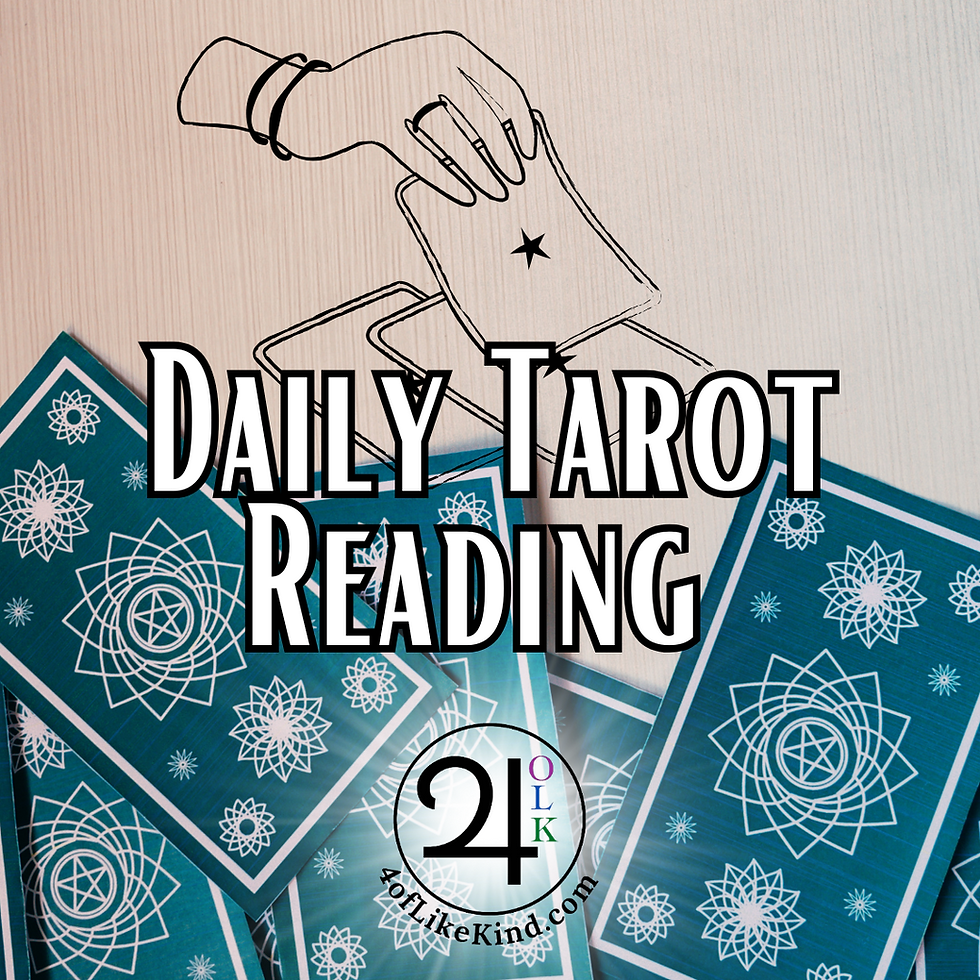




Comments